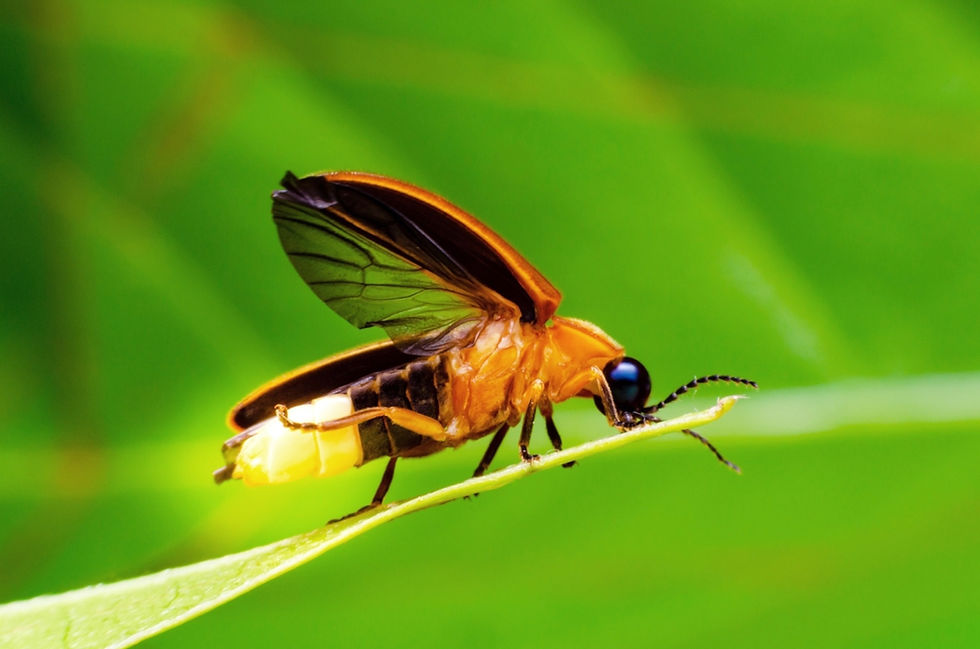Cities of crows: Urban biodiversity imbalance In Pakistan
- Dr. Farrukh Chishtie

- Jun 26
- 4 min read
//
Dr. Farrukh A. Chishtie
From the congested streets of Karachi to the fast-expanding sectors of Islamabad and the smoggy skyline of Lahore, a silent ecological shift is taking place — one that is disrupting the balance between wildlife and urban life.

In city after city, the dominance of crows and the transformation of majestic raptors into scavengers tell a deeper story of urban biodiversity collapse in Pakistan. This is not a superficial shift in bird populations. It is a serious ecological warning that human-induced changes are eroding our urban ecosystems and compromising the health, stability, and livability of our cities.
The dominance of the crow
Among the most visible winners of this shift is the house crow (Corvus splendens), which now rules the skies and streets of Pakistan’s urban centers. These highly intelligent birds are adept at surviving off human refuse. They thrive on open garbage, food scraps, slaughterhouse waste, and even hospital refuse—an abundant buffet in cities where waste management is chronically underdeveloped. Their population has exploded in recent decades, crowding out smaller, more ecologically sensitive bird species.
Studies conducted in places like Dir Lower in Khyber Pakhtunkhwa and Gujranwala show a staggering dominance of crows in urban bird counts, often making up more than 90% of recorded sightings around dumping sites. Once-common birds like bulbuls, sparrows, sunbirds, and warblers are increasingly rare in city parks and neighborhoods. In their place, crows have become aggressive competitors, harassing other birds and even attacking humans during nesting seasons. Their dominance is a direct consequence of ecological imbalance and the collapse of natural checks in our urban food web.
Eagles and kites as scavengers
Equally troubling is the behavioral shift seen in raptors — especially black kites and steppe eagles — that once soared above open fields and preyed on rodents, reptiles, and smaller birds. Today, many of these birds of prey have been reduced to urban scavengers, feasting on heaps of decaying meat near butchers, roadside drains, and landfill sites.
This change is not adaptation — it is desperation. Habitat loss, pesticide-driven prey collapse, and rampant urbanization have deprived these birds of their natural food sources. In cities like Lahore and Rawalpindi, these raptors circle garbage sites where they consume poultry scraps and discarded carcasses. Some birds have even been found feeding on decomposing plastic-laced waste, increasing their vulnerability to toxic poisoning and disease. Steppe eagles, once seasonal visitors to Pakistan’s skies, are now routinely spotted scavenging around landfills in southern Punjab — a behavior linked to survival pressure.

Drivers of urban imbalance
Several intertwined factors have contributed to this ecological crisis. Foremost is the lack of regulated waste management in urban Pakistan. Uncovered garbage and unsealed landfills create an open buffet for scavengers and contribute to behavioral changes among bird populations. Deforestation and tree loss due to urban construction and infrastructure expansion have wiped out nesting sites, depriving many species of suitable breeding grounds.
In addition, excessive use of pesticides and rodenticides in urban agriculture and public spaces has caused the collapse of natural prey species like rodents, reptiles, and insects. This not only harms insectivorous and carnivorous birds but also weakens the entire food web. The filling of urban lakes, wetlands, and canals has removed key habitats for amphibians and waterfowl. Finally, increased human density and chaotic development have fragmented what little green space remains, pushing species into ecological corners where they can no longer survive or thrive.
Consequences for humans and ecosystems
The effects of this imbalance go far beyond birdwatching. The disappearance of insectivorous birds has allowed pest populations like mosquitoes to flourish in many neighborhoods, raising public health risks. Declining numbers of natural predators such as raptors have allowed rodents to spread unchecked in peri-urban areas, damaging infrastructure and posing disease threats.
Cities overwhelmed by generalist scavengers like crows and rats become biologically unstable. Biodiversity loss weakens ecological resilience, reduces pollination, disrupts pest control, and ultimately makes cities less livable for humans as well.
Restoring balanced urban biodiversity
The road back to ecological balance is both possible and necessary. First and foremost, city planning must reintroduce native tree cover to support natural bird populations. Urban forests and green belts planted with indigenous species can offer food and shelter to a range of birds, insects, and small mammals.
Wetlands and urban lakes must be protected and restored. These water bodies serve as habitats for migratory birds and amphibians and act as natural filters in polluted cities. Modernizing waste management by replacing open dumping with covered bins, sealed landfills, and composting facilities will reduce the food supply for scavengers and limit their dominance.
Public education is essential. Communities must be made aware of the ecological consequences of feeding wildlife, misusing pesticides, and allowing garbage to accumulate in open spaces. Cities and universities should launch long-term biodiversity monitoring programs to track bird populations, pollution levels, and ecological trends, enabling more informed policymaking.
A Vision for coexistence
Pakistan’s cities are not destined to be dominated by crows and scavenging raptors. A different future is possible — one where sparrows, mynas, bulbuls, and black-winged kites return to nest in peaceful neighborhoods, where garbage is managed properly, wetlands are protected, and trees once again line our streets.
To reclaim this future, we must recognize biodiversity as a core element of urban sustainability. Livable cities are green cities, rich not only in infrastructure but in life. Each citizen, policymaker, and urban planner has a role to play in restoring this balance.
By nurturing our cities back to health — through trees, water, habitat, and care — we not only protect our avian neighbors but also secure a cleaner, healthier, and more resilient future for ourselves.




Comments